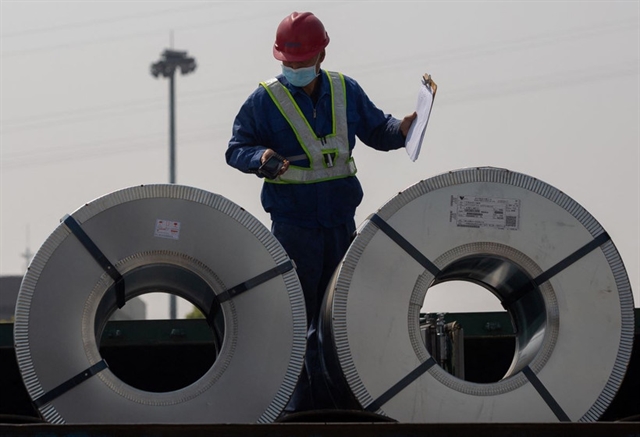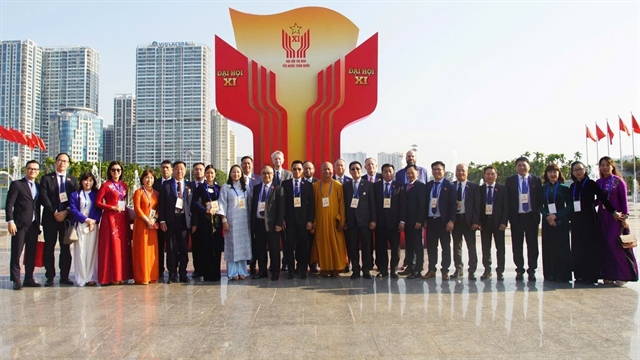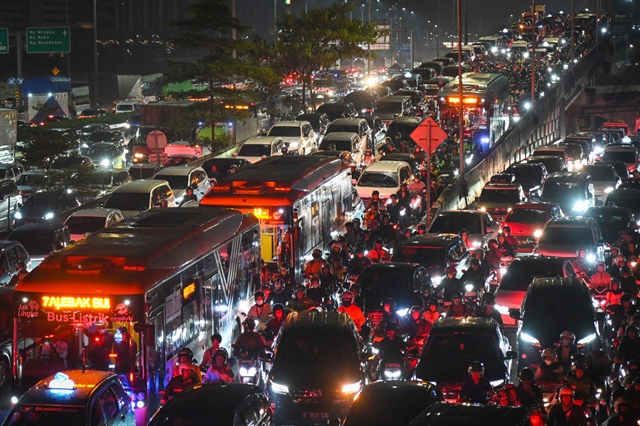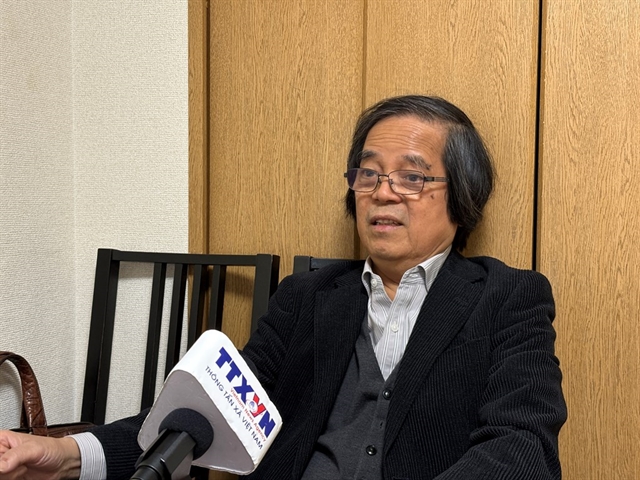 Opinion
Opinion

Trần Hữu Hiệp, a member of the Steering Committee for the Southwestern Region tells Sài gòn Economic Times about the need to lift the land aggregation cap for large-scale agricultural production.
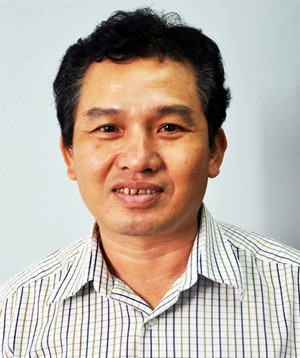 |
| Trần Hữu Hiệp |
Trần Hữu Hiệp, a member of the Steering Committee for the Southwestern Region tells Sài gòn Economic Times about the need to lift the land aggregation cap for large-scale agricultural production.
Many people think single individuals or organisations owning large swathes of farm land is good for large scale agricultural production. Do you agree with this positive appraisal of land aggregation?
I agree. However, land aggregation must go hand in hand with solutions to solve some problems hindering large scale commodity production in our agricultural based economy.
We can’t deny that land aggregation is a good way to fully tap land resources’ potential.
I agree with Nguyễn Xuân Cường, Minister of Agriculture and Rural Development’s (MARD) proposal to lift the cap on agricultural land aggregation. If the cap is lifted, it will spur large scale production of agricultural products.
I remember, five years ago, some of my colleagues and I in a research team proposed the government lift the land cap in the Mekong Delta as a pilot. But our proposal was shelved.
Learning that Cường’s proposal at the on going NA full house meeting received support from many deputies great news for me and many others.
The on going “land aggregation movement” in our country has produced positive results. Võ Quan Huy, a farmer in Long An Mekong delta province is a shining example in reaping bumper crops through land aggregation.
However, during the course of land aggregation, some people will lose their land. So we have to think of ways to help those people switch to other jobs.
Do you think that putting a cap or “land limit” is a barrier to land aggregation?
Under the 2013 Land Law, each household is allowed to own two to three hectares, depending on where they live.
Two hectares for a household to grow rice is not big and is not a big asset for the family. That’s why, in my opinion, such a cap should be removed.
We all agree that under our current law, land use rights are an asset, a special asset that the State should impose special rules on.
For example, the State should allocate certain land areas for national security and defence and land for public interest. The State should have the right to recover any piece of land for public interest, particularly for national security and defence. But, in the case that aggregated land is left fallow while many others don’t have land to work, the State will have the right to reclaim that piece of land and redistribute it.
In short, if Việt Nam wants to develop its primary industry, agriculture, we need to lift the cap on land aggregation.
According to Cường, the MARD Minister, farmers whose land has been acquired will become agricultural workers on their old land or work on other farming activities. In other words, they will work for new landlords right on what used to be their land.
We should encourage capable farmers to become their own bosses, not to work as hired labourers. It’s more progressive for capable farmers join together in agricultural companies.
Don’t you think that we have to change the current Law on Land so that your ideas can be implemented?
These ideas have already been mentioned by Minister Cường. If the NA sees the need to lift the cap on land aggregation, the lawmakers will revise the law. The government is an executive body so it can’t revise the law.
In the past few years, successful models of large rice field in the Mekong Delta have served as good lessons for us. If the land “cap” be lifted or not is up to the National Assembly. — VNS

